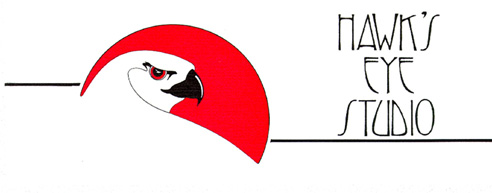After the park paint is stripped off, the wood is restored back to look as it did when it came from the factory. This can involve many processes: re-gluing laminations, re-dowelling joints, building up areas of wear, replacing dry-rotted wood, carving missing parts, removing non-original metal (screws, metal fasteners, nails, etc), and finally sealing, sanding and priming the surface. Here is the same animal, after wood repairs and priming have been completed.



